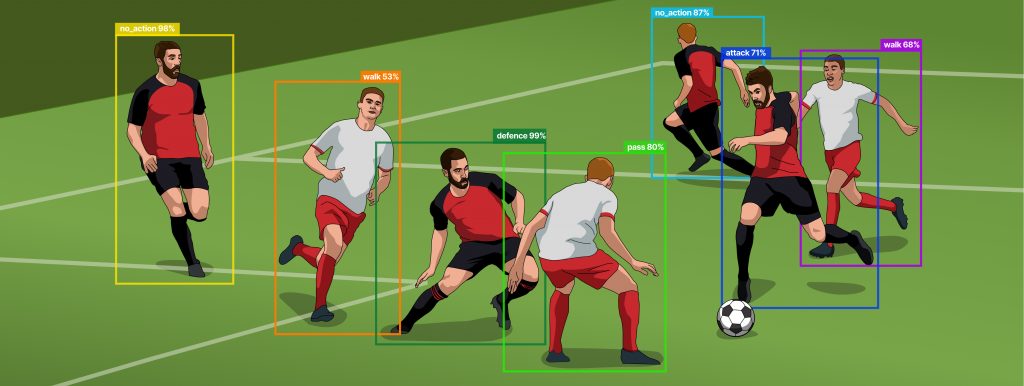Recognition of jokes in news headlines, driving vehicles, tracking human health – Machine Learning performs many amazing things if it has the right data. It plays a crucial role in the model training process and output quality. How does it work?
The dataset in Machine Learning
Whatever your algorithm is used for – image recognition, object tracking, matchmaking or deep analysis, it needs data to learn and evaluate performance based on it. Dataset helps you to organize unstructured data collected from multiple sources to get the target outcome. Initial data that you give to an algorithm for learning is usually called a training dataset. Training data is a foundation for further development that determines how effective and useful your Machine Learning system will be.
However, all initial datasets are flawed and require some preparation before using them for training. For mapping data to the features valuable precisely for your business, you need to label it and make it clean. It will help you exclude useless elements and files, increasing the ML model’s chances of becoming smart. The labeling process used by Exposit usually includes the following steps:
- Data analysis;
- Creation of data labeling rules;
- Data labeling;
- QA step;
- Neural Network training;
- Measurement of the output quality.
Collecting and labeling images to create a high-quality dataset from scratch requires a lot of resources. If you need to do research or create MVP, you can use publicly available datasets with already labeled data that can include up to 80 categories of different objects. Remember that if you use the same dataset for training, validation, and testing, you won’t be able to evaluate the efficiency of your solution objectively. At Exposit we are more likely to use new and unseen data for testing to ensure excellent performance.
Why should a dataset be qualitative?
A well-prepared training dataset drives the quality of your Machine Learning model and effectiveness in fulfilling business purposes. The more quality and accurate results you use for company decision making, the more relevant business strategies you can apply. A good dataset can also help you to save resources on future Machine Learning implementations as you will already have the quality input data.
Remember that depending on the use case, the quality of the dataset may decrease over time due to changing conditions and market trends. It means that businesses should constantly maintain and manage the quality of data to achieve accurate results and make informed decisions.
How to evaluate the quality of a dataset?
Google experts identify several aspects that affect dataset quality and Machine Learning model performance:
- Reliability
If you want to be confident about the results provided by an algorithm, you should trust your data. Evaluate possible label errors and noise to understand whether reliability is high. You should also control the way you filter data for training to be sure of your dataset. - Feature representation
Your training and testing sets should cover all cases that can occur within a business task. If your dataset is non-representative, your model won’t provide accurate predictions and quality output. Check how data is shown to a model and do you need to normalize numeric values. - Data Skewness
Skewness refers to asymmetry in a statistical distribution when the curve is distorted or skewed to the left or to the right. If you have positive or negative skew, consider data transformation techniques like square roots, cube roots, etc. to minimize skewness and increase dataset quality.
If dataset creation and evaluation are challenging for you, consider an experienced Machine Learning team to help. Exposit engineers have a deep understanding of Machine Learning development processes: from business analysis and quality dataset creation to integration into your system.
Our experience in developing data-driven software solutions with a focus on Computer Vision systems can help you to bring competitive advantages to your business and simplify ML adoption. Contact our expert Kirill Lozovoi to learn more about how your business can benefit from Computer Vision.






